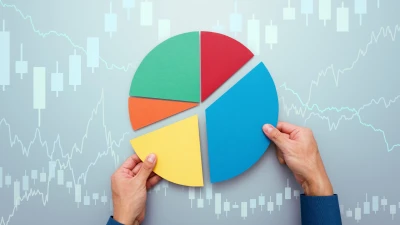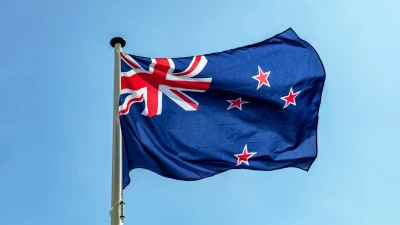The Aussie dollar ETF returning 46%


As investors seek defensive places to store cash, there is still a disparity in returns for cash funds, according to FE Analytics.
Last week, Money Management wrote a high cash ETF , BetaShares Australian High Interest Cash ETFv, saw the highest level of inflows for Australian ETFs in April 2021 with inflows of $170 million.
According to FE Analytics, there were 28 funds in the enhanced cash sector within the Australian Core Strategies universe and 73 in the Australian dollar cash sector.
The best performer of these funds was the BetaShares Strong Australian Dollar Hedge which returned 46% over one year to 30 April, 2021.
This fund aimed to invest by buying Australian or US dollar exchange-traded futures contracts which were expected to generate a positive return when the Australian dollar strengthened relative to the US dollar.
This was far higher than the second-best performing fund, Smarter Money Higher Income Institutional, which returned 3.9%.
Subsequent returns varied from 3.8% down to losses of 1% for the Perennial EInvest Cash Booster fund.
The RBA Cash Rate Target was 0.1% over the same period while the Bloomberg AusBond Bank Bill, the common benchmark for many cash funds, had returned 0.07%.
Overall, the cash enhanced sector had returned 1.1% while the Australian dollar cash sector had returned 0.8%.
Recommended for you
With Q1 of the 2025 calendar year coming to a close, the Australian funds management industry has seen a range of major appointments and departures.
Nearly half of wealth managers across the globe say offering access to private market funds is integral to their growth plans, Natixis Investment Managers has uncovered.
Boutique fund manager and responsible investment specialist Pella Funds Management has expanded its offering by allowing direct access to investors in New Zealand for the first time.
The global alternative asset manager has welcomed an experienced distribution lead to its leadership team.















